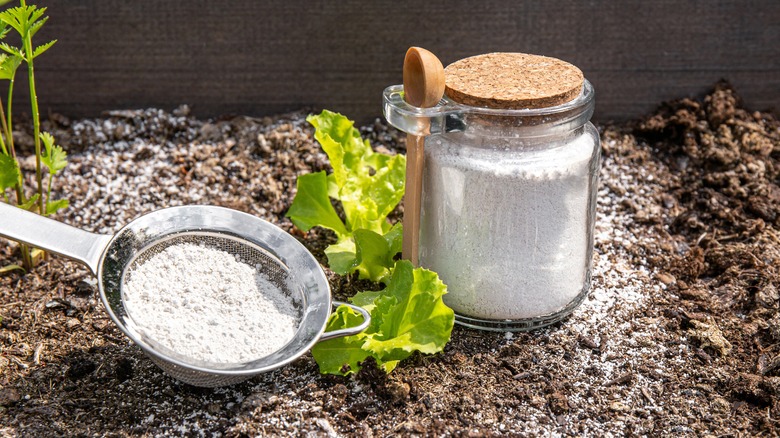Got maggots? You’re not alone. These wriggly larvae, typically the offspring of flies, can be a real headache when turning up uninvited in your home or garden. There are different types of larvae, including those commonly found on onions and cabbages. Some good news, however, is that the many uses of diatomaceous earth including showing maggots the door. While there aren’t a ton of studies specifically about the effectiveness of diatomaceous earth against maggots, the National Pesticide Information Center backs it up for killing a range of insects. So, there’s a good chance it’ll work on your maggot problem, too.
Diatomaceous earth isn’t your average bug killer. This stuff comes from the fossilized remains of diatoms, which are tiny aquatic critters. It works by drying out the insects. The powder absorbs the oils and fats from the insects’ exoskeletons, causing them to dehydrate and die. It’s a natural, physical approach to pest control, which is a big plus if you’re not keen on using harsh chemicals. Dealing with maggots means getting to the root of the problem, though. These little critters feast on decomposing organic material. Identifying and removing their food supply is key. While diatomaceous earth can be a big help, sometimes you need to throw a bit more at the problem. Combining it with other methods might just be the ticket to getting your maggot situation under control. It’s about understanding where these pests are coming from and tackling the issue from all angles.
Getting rid of garden maggots with diatomaceous earth

To kick those garden maggots to the curb, you need to know where to find them. These larvae, usually white, worm-like, and about an inch in size, love hanging out in damp, decaying organic material. Check your compost pile, underneath rotting fruits and veggies, and near any waste bins. Another way to understand their presence is through the health of your plants. Onion and cabbage maggots typically cause wilting, stunted growth, and yellowing of plants, with visible tunnels in roots. You might also notice these pests if you utilize a tape hack to remove larvae eggs from plants. Once you’ve identified where these little wrigglers are, it’s time to bring out the diatomaceous earth. When you’re ready to apply, sprinkle around the base of the infested plants. Just keep an eye out for more maggots and reapply as needed.
Remember, the diatomaceous earth needs to stay dry to be effective. If it’s looking like rain or you’re planning to water your garden, hold off on applying until things are dry. After any wet weather, you’ll want to reapply to ensure continued effectiveness. Another tip involves the safety of diatomaceous earth as you don’t want to be breathing in the dust. To address that issue, you could wear a mask when you’re sprinkling it around, especially if it’s a windy day. It’s also important to use the food-grade type as it is less toxic.
Maggot management in the garden
In addition to using diatomaceous earth, a good cleanup of your garden is essential to get those pesky maggots out. Get rid of any rotting plants, throw out any decomposing produce, and make sure your trash cans are sealed tight. Mother Nature can help as well. Birds are great at keeping maggot numbers low as they feed upon them. To attract birds, set up a couple of feeders or a birdbath. They’ll come for the seed and water then stay for the maggot feast. Planting some bushes or small trees can also provide nice nesting spots, making your garden a favorite bird hangout.
What you’re putting into your soil can make a difference as well, especially in the spring. Green manure and animal manure can attract root maggots, which are bad news for your plants. Stick to well-composted materials to avoid this problem. It might also be best to plant your vegetables in summer instead, especially the ones maggots love. Lastly, don’t forget about fly traps. These can be super handy in cutting down the number of flies around, which means fewer maggots later on. Place them strategically around your garden, especially near spots where you think flies might be laying eggs. In a nutshell, deterring maggots is all about creating an environment that’s just not welcoming.